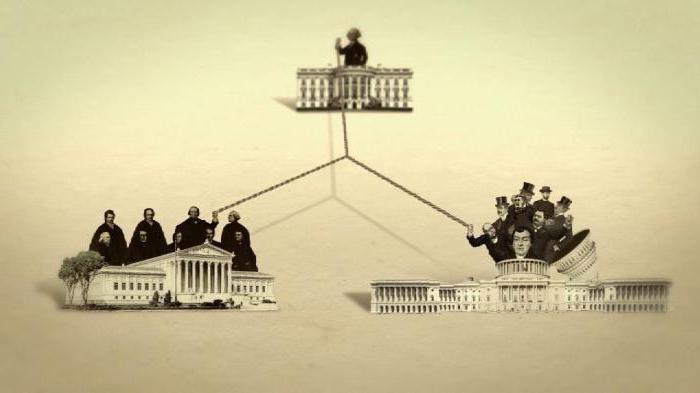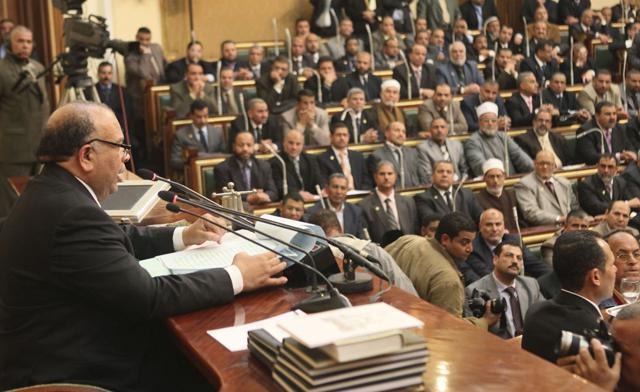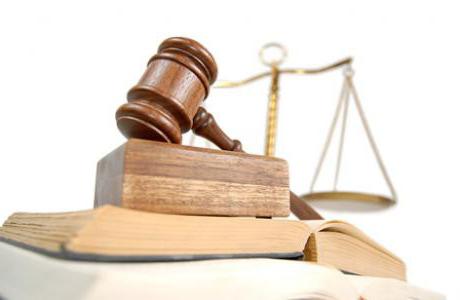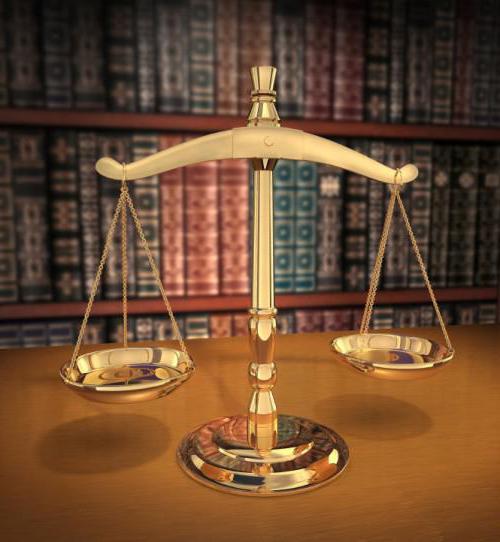Three branches of government and the need for their practical separation were developed by scientists back in the Middle Ages. Does this theory remain relevant to this day? In the constitutions of many, almost all countries, a provision is fixed that power is divided into three branches. The first of them is legislative, the second is executive, and the third is the judiciary. In the Russian Federation, article 10 of the Constitution is devoted to this issue. How is the necessity of this management model substantiated and how did scientists see it at the time of development?
The beginnings of ideas
The theoretical development of the separation of powers was carried out by the Englishman John Locke. He believed that the division of powers between individual entities is imperative. In the usurpation of power by one or a small group of persons, he saw the realization and protection of only private interests, as well as the lack of legal protection of the person. Locke considered the legislative branch to be a “priority” branch, but at the same time its advantage, in his opinion, should not be absolute. The rest of the currents, executive and judicial, should not occupy a passive position. A century after the justification of this model by Locke, the separation of powers was recorded in the most important document - the Declaration of Human and Citizen Rights, adopted in 1789. The text of the act indicated that a state that does not use this model in its administration does not have a constitution. In the future, the ideas of Locke were studied and developed by the Frenchman Charles Louis Montesquieu. He saw in the separation of powers the salvation of society from abuse of power by sovereigns, from usurpation and concentration of government in one body, from despotism. In addition to the division of powers, Montesquieu developed a provision on system of checks and balances.
Three branches of government: a description
The characteristic of the theory of division of powers contains the following provisions. Firstly, this model should be fixed by the constitution. Secondly, three branches of government should be provided to different people or bodies. One and the same person cannot be empowered to carry out, for example, two types of management simultaneously. Third, three type of management autonomous and equal.
The mechanism of checks and balances
American James Madison worked to create an effective model for the implementation of the separation of powers. By checks and balances, he meant a partial overlap of powers between the branches of government. This system operates in the United States to this day. For example, the president, the representative of the executive branch, can exercise his veto power on laws, and the courts, in turn, may invalidate them because of a contradiction to the constitution. Thus, the legislative branch is restrained. The president has the right to be appointed to the judicial and executive authorities, and the congress (legislative body) ratifies these decisions. Thus, these components represent a peculiar balance of all branches of government, their interaction and mutual restriction, which is carried out using legal measures.
Legislature
Now consider in more detail all three branches of government. Legislative power is the most important, supreme. It is intended to reflect the will and sovereignty of the whole people. In the Russian Federation, legislative power is exercised, according to the Constitution, by the Federal Assembly. It consists of 2 chambers. The first of these, the Federation Council, consists of representatives from each state entity.The competence of the Council includes such powers as the approval of changes in borders between parts of the Russian Federation, presidential decrees on the introduction of martial law or a state of emergency. The first chamber also appoints judges of the Constitutional and Supreme Courts, the Prosecutor General, as well as his deputies, the chairman of the Accounts Chamber, as well as half of its auditors, sets the date for the election of the head of state.
In addition, the Federation Council has the right to dismiss the president. The second chamber, the State Duma, is elected by citizens. Her powers include declaring an amnesty, as well as bringing charges against the head of the federation. In addition, the State Duma has the right to appoint the Chairman of the Central Bank and the Commissioner for Human Rights. The jurisdiction of this chamber also includes an expression of distrust of the government. However, the main and most important power of the entire parliament is, of course, the adoption of federal laws.
Second direction
When dividing the management into three branches of the executive branch, it is necessary to implement laws and engage in operational and economic activities. The Russian government is developing and enforcing the federal budget. His responsibilities also include the management of state property. In addition, the government should ensure that a single credit, financial, monetary, cultural, scientific, educational, environmental policy. The executive branch also deals with issues of external and internal defense, state security. The government is responsible for ensuring the rule of law, protecting the rights, freedoms and property of citizens.
Judicial branch
This direction acts as a kind of guarantor of the restoration and protection of violated rights, as well as fair and adequate punishment for all those responsible. In the Russian Federation, the tasks of this branch of power are carried out only by the court in the framework of various types of proceedings. The Basic Law enshrines the most important provisions regarding the legal status of judges. These include independence, irremovability, and immunity. The Constitution also fixes the most important principles of legal proceedings, such as openness, competition and equality of arms.
President position
Which branch of government does the head of state belong to? Here the points of view of scientists differ. Some argue, having analyzed the powers of the head of state, that he belongs to the executive branch. Others believe that because the president has coordinating functions, he rises above all branches of government and does not belong to any of them.
Exceptions
Although the theory provides for only three main branches of government, science is debating about quantity. In particular, the position of the president, which was discussed above, is affected. But it is also worth paying attention to the prosecutor's office. Despite the fact that the constitutional provision of this body is enshrined in one chapter with the courts, it cannot be attributed to this branch of government. After all, the prosecutor’s office does not have the appropriate authority. In Art. 11 of the Constitution, this body is not listed in the list of government departments, however, in Article 1 of the Federal Law “On the Prosecutor's Office of the Russian Federation” it is recognized as such. There is a contradiction. In science, there are various theories regarding the legal status of prosecution authorities. Some lawyers attribute them to the executive branch, others to the judiciary. Still others believe that the prosecutor’s office does not belong to any of the branches of government.
Value
The separation of powers to this day is the most important mechanism for protecting citizens from the arbitrariness of sovereigns and officials. In addition, this governance model indicates a democratic system in the state.
